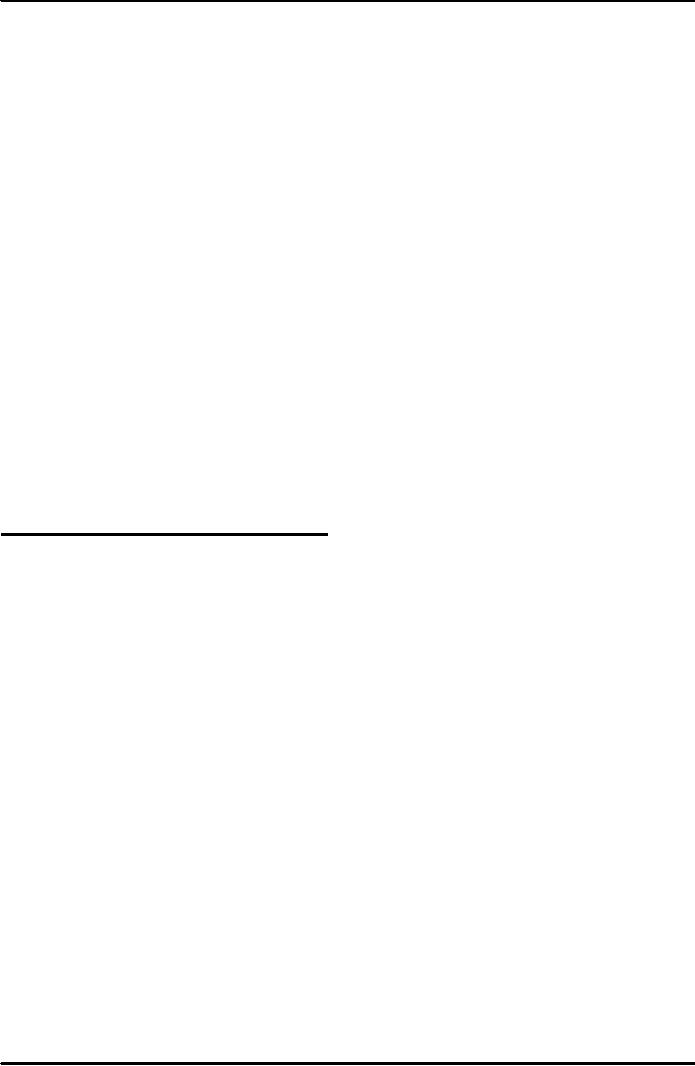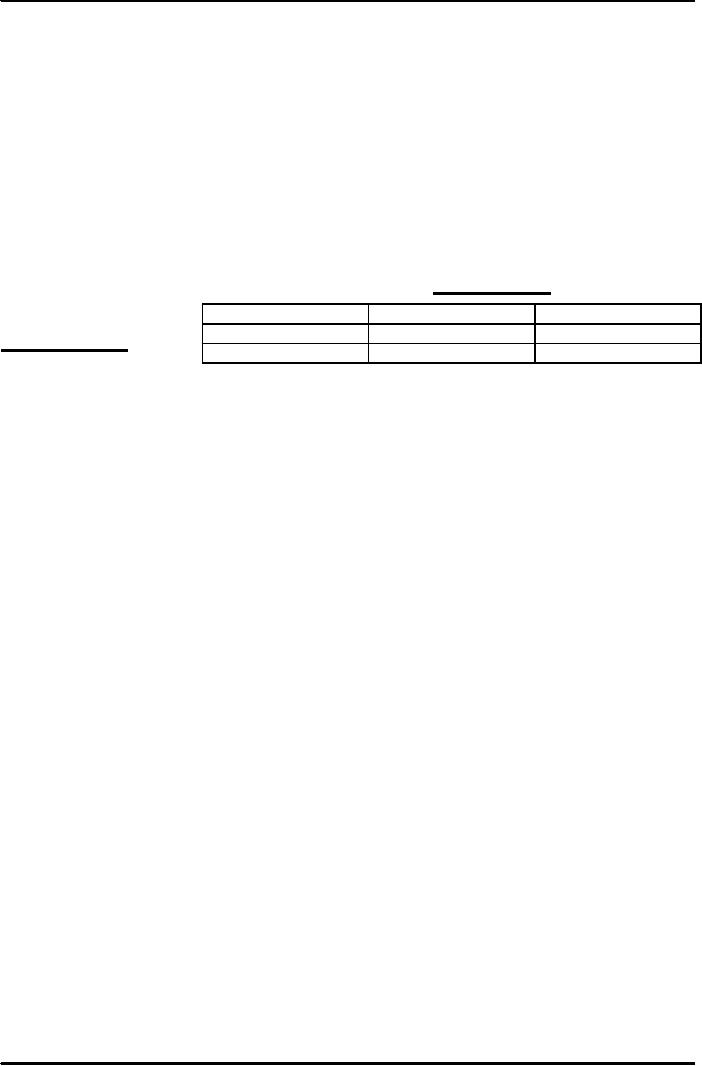 |
STRATEGIC CHANGE |
| << SKELETAL MODEL OF ADAPTATIONq |
| Management Styles and Roles >> |

Change
Management MGMT625
VU
LESSON
# 26
STRATEGIC
CHANGE
Before
going to discuss the concept of strategic
change let us first discuss
the concept of strategy. What
do we mean
by strategy, its components and its
usage as a word "strategic"
especially? For instance
one
may
observe its wide usage as
strategic investment, strategic management, strategic
finance and strategic
planning
and strategic marketing etc.
Therefore when ever we talk
of strategy it is essentially
assumed
that we
are also dealing with
its inalienable components
which are as under:
1.
Objectives - this may also
mean vision, mission, goals and
targets
2. Resources
financial, human, informational,
technological etc.
3.
Environment Government, customer,
society, economic conditions and specific
environment means
particular
to industry in which organization
operates like vendors, buyers competitors
etc. The
environment
may be friendly, hostile or
neutral.
4. Time
orientation short term or long term
orientation
5.
Competitors strategy or tactics of
competitors, nature of competition and
rivalry
Therefore
for students of business it is
important to know the constituent
elements of the word strategy
whenever it
is referred.
This
lecture is based on the chapter of a very
popular book on strategic management,
comprising of a
comprehensive
framework for managing strategic
change is given which is as
under.
A
Framework for Managing Strategic
Change
1.
Diagnosing the Change
situation
�
Types of Strategic
Change
�
The
Importance of context
�
Organization
culture
�
Force
field analysis
2.
Management Styles and
Roles
�
Styles of
managing change
�
Change
agency roles: Strategic leaders, Middle
managers, Outsiders
3.
Levers for managing
change
�
Structure and
control
�
Routine
�
Symbolic
processes
�
Political
processes
�
Communication
�
Change
tactics
63

Change
Management MGMT625
VU
1.
Diagnosing the change
situation
�
Types
of Strategic Change
First
step in diagnosing the change
situation is whether change is
needed or not. If the change is
needed
then
related question would be of
what type? Therefore our
concern is to identify various types of
change.
Balogun and
Hailey have given the following
typology of strategic change so as to
identify the types of
change
required. The nature of change in an
organization can be incremental or
big bang one. Incremental
change is
built on skills, routines and
beliefs for bringing in
efficiency. While the big-bang approach
to
change
might be needed on occasions,
for example if the organization is
facing crisis or needs to
change
its
direction. The scope of the
change means whether change
can occur within the current
paradigm that
is, current
organizational beliefs and
assumptions, and can be classified
further as realignment of strategy
rather than
a fundamental change of strategic
direction. Or change requires a paradigm
change, that is,
transformational
change. Combining these two
axes we have four types of strategic
change, as given in
the figure
below:
Scope
of Change
Realignment
Transformation
Evolution
Adaptation
Incremental
Nature
of Change
Revolution
Reconstruction
Big
bang
Adaptation
is change which can be
accommodated within the current
paradigm and occur incrementally.
It is the
most common form of change in
organizations
Reconstruction is
concerned with rapid change
and upheaval in an organization.
For example
organization
may make structural changes
like major cost-cutting
programmes to deal with
difficult or
changing
market conditions.
Evolution is
change in strategy which requires
paradigm change but over
time. Evolution can
also
explained in
terms of taking organization as
learning system continually
adjusting their strategies
with the
changing
environment. This we discussed
earlier as learning organization.
But the danger in following
incremental
and evolutionary and incremental change
lies in experiencing strategic drift, as
organizations
are
based and bounded by the existing
paradigm and routines of the
organization
Revolution
is change which require
rapid and major strategic and paradigm
change, or where strategic
drift
has resulted in developing extreme
pressures for change.
�
The
Importance of Context
There is no
one right for the management of
change. The success of
managing change will also
be
dependent on the
wider context in which that
change is taking place. Balogun and
Hailey therefore build
a
number of
important contextual features
that need to be taken into
account in designing
change
programmes.
Some contextual features
are:
i) Time -
How quick change is
needed?
ii)
Scope - What degree of
change is needed?
iii)
Preservation - What characteristics to
retain and what combination to
change?
iv)
Diversity - How homogeneous or
heterogeneous the organization is from
within?
v)
Capability - What is the managerial
and personal capability to implement
change?
vi)
Capacity - What is the degree of
change resource
available?
64

Change
Management MGMT625
VU
Vii)
Readiness - How ready
workers and managers at multiple
levels are?
Viii) Power
- What power does the change
leaders have to impose? Who
has the power to
effect
change?
Organisation
Culture as context
�
It is the
organization culture which
always shape and guide
strategy. We will now look more
closely at
the process
of culture change. Culture
change is difficult and time consuming
because "culture" is
rooted
in the
collective history of an organization,
and because so much of it is below the
surface of awareness.
In general, the
process of culture change
must include the following
steps:
- Uncover
core values and beliefs.
These may include stated
values and goals, but they
are also
embedded in
organizational metaphors, myths, and
stories, and in the behaviours of
members.
-
Acknowledge, respect, and discuss
differences between core values and
beliefs of different
subcultures
within the organization.
- Look
for in-congruencies between conscious and
unconscious beliefs and values and
resolve by
choosing
those to which the organization
wishes to commit. Establish new
behavioural norms
(and
even new
metaphor language) that clearly
demonstrate desired values.
- Repeat
these steps over a long
period of time. As new
members enter the organization, assure
that
they
are surrounded with clear messages
about the culture they are
entering.
- Reinforce
desirable behaviour.
- It's clear
that culture change is an
ongoing process, so it's
very hard to identify
organizations that
have
"completed" a successful culture
change.
Force
field Analysis
�
We have
earlier talked about force
field analysis. A force field
provides an initial view of
change
problems
that need to be tackled, by
identifying forces for and against
change. More relevant questions
in
this
context can be asked like
the followings:
What
aspects of the current culture
might aid change in the desired
direction, and how might
these be
reinforced?
What aspects of the current
culture would block such
change, and how can these
be
overcome?
What needs to be introduced or
developed to aid change?
Johnson and Johnson have
identified
a generic
example of force field analysis as
pushing forces and resisting
forces
Pushing
forces
Resisting
forces
High
quality service
Work
load / Overload
Ethos of
hard work
Fire
fighting
Flexibility
Departmentalism
Devolved
services
departmental
barons
Formality of
management
Stories of
good old days
Blame
culture
Deference
65
Table of Contents:
- Introduction to Change Management
- BENEFITS AND SIGNIFICANCE OF CHANGE MANAGEMENT
- KURT LEWIN MODEL: ASSUMPTIONS AND IMPLICATIONS
- IMPLICATIONS OF KURT LEWIN MODEL
- SOME BASIC CONCEPTS AND DEFINITIONS
- TRANSACTIONAL VS. TRANSFORMATIONAL LEADERSHIP
- THEORIES OF CHANGE IN ORGANISATIONS
- Life cycle theory
- Teleological theories of Change
- Dialectical theories of change
- A DIALECTICAL APPROACH TO ORGANISATIONAL STRATEGY AND PLANNING
- LIMITATION OF DIALECTICS; DA AND DI
- THEORIES OF CHANGE IN ORGANISATIONS
- APPLICATION OF EVOLUTIONARY THEORY
- FURTHER APPLICATION OF EVOLUTIONARY T
- GREINER’S MODEL OF ORGANISATIONAL– EVOLUTION AND REVOLUTION
- GROWTH RATE OF THE INDUSTRY
- COORDINATION
- ORGANISATION ECOLOGY
- CLASSIFICATION OF ORGANIZATIONAL SPECIES
- FOOTNOTES TO ORGANISATIONAL CHANGE
- SOME COMPLEXITIES OF CHANGE
- ORGANIZATIONAL ADAPTATION
- PROSPECTORS
- SKELETAL MODEL OF ADAPTATIONq
- STRATEGIC CHANGE
- Management Styles and Roles
- SYMBOLIC PROCESSES
- COMMUNICATING CHANGE